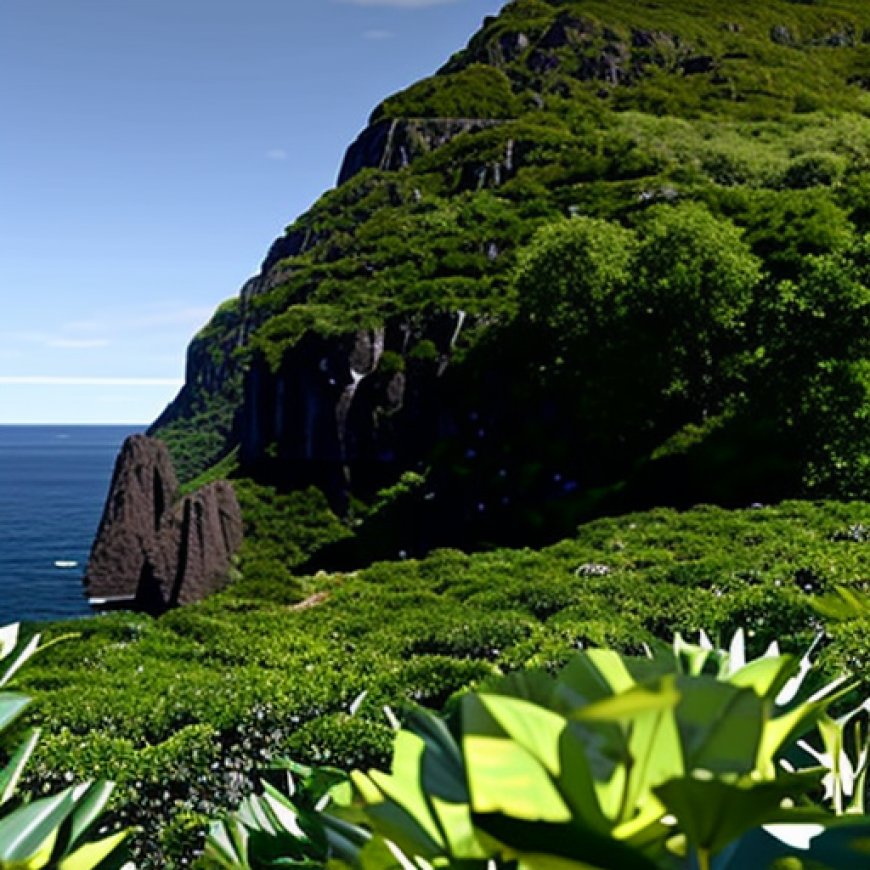NOAA proposes $45 million for coastal habitat restoration and resilience projects for tribes and underserved communities as part of Biden-Harris Administration’s Investing in America agenda


NOAA Proposes $45 Million for Coastal Habitat Restoration and Resilience Projects
Introduction
August 22, 2024

Today, the Department of Commerce’s National Oceanic and Atmospheric Administration (NOAA) is recommending more than $45 million in funding to support 27 new Coastal Habitat Restoration and Resilience Grants for Tribes and Underserved Communities. Of this $45 million in funding, more than $20 million is recommended for federally recognized tribes and tribal organizations, and $25 million is recommended for projects that will benefit underserved communities. These funds from the Bipartisan Infrastructure Law and Inflation Reduction Act will advance tribes’ and underserved communities’ coastal habitat restoration and climate resilience priorities.
This $45 million investment, part of the Biden-Harris Administration’s Investing in America agenda, will empower tribes and underserved communities on the front lines of the climate crisis to restore ecologically and culturally important coastal ecosystems and boost their resilience to climate change,” said U.S. Secretary of Commerce Gina Raimondo.
NOAA recommends that $20 million of this funding go to federally recognized tribes and tribal organizations who will play key roles in decision-making about habitat restoration projects, build their capacity to advance habitat restoration and climate resilience efforts and realize community and economic benefits such as jobs and training opportunities.
This funding supports President Biden’s America the Beautiful Initiative, a locally led and voluntary nation-wide effort to conserve, connect and restore at least 30% of America’s lands and waters by 2030. This funding also advances the President’s Justice40 Initiative, which sets a goal that 40% of the overall benefits of certain federal clean energy, climate and other investments flow to disadvantaged communities that are marginalized by underinvestment and overburdened by pollution.
‘Building capacity’ is key to climate resilience
Building the capacity of local communities helps achieve a key objective of the National Climate Resilience Framework: To “equip communities with information and resources needed to assess their climate risks and develop the climate resilience solutions most appropriate for them.”
Capacity building can encompass a number of activities, such as hiring project managers, facilitating community participation, creating foundational plans to guide restoration and developing workforce training. This work prepares communities, including decision makers, to adapt to a changing climate. For instance, several projects funded by these awards will help build capacity for Indigenous communities to maintain and transfer their Indigenous knowledge. Others will support on-the-ground restoration that can help communities address issues such as poor water quality, flooding and lack of access to green space. Some will involve building nature-based infrastructure to protect communities from threats such as erosion and sea level rise.
“These projects demonstrate the power of community-driven habitat restoration,” said Janet Coit, assistant administrator for NOAA Fisheries. “Building the capacity of tribes and underserved communities will help ensure that their needs and priorities are at the center of this work happening in their communities.”
About NOAA’s Office of Habitat Conservation
NOAA’s Office of Habitat Conservation has a long history of conducting habitat restoration by executing large-scale competitive funding opportunities and providing expert technical assistance through the Community-based Restoration Program. The program provides technical and financial assistance to partners across the country to develop high-quality habitat restoration projects that support our nation’s fisheries. Since its start in 1996, the program has helped implement more than 2,200 coastal habitat restoration projects — restoring more than 94,000 acres of habitat for fish and opening more than 4,400 stream miles for fish passage.
More: Visit the NOAA Fisheries website to find a list of recommended projects and to learn more about habitat restoration projects funded under the Bipartisan Infrastructure Law and the Inflation Reduction Act.
Climate, weather, and water affect all life on our ocean planet. NOAA’s mission is to understand and predict our changing environment, from the deep sea to outer space, and to manage and conserve America’s coastal and marine resources.
Related Features //
SDGs, Targets, and Indicators
1. Which SDGs are addressed or connected to the issues highlighted in the article?
- SDG 13: Climate Action
- SDG 14: Life Below Water
- SDG 15: Life on Land
2. What specific targets under those SDGs can be identified based on the article’s content?
- SDG 13.2: Integrate climate change measures into national policies, strategies, and planning
- SDG 14.2: Sustainably manage and protect marine and coastal ecosystems
- SDG 15.1: Ensure conservation, restoration, and sustainable use of terrestrial and inland freshwater ecosystems
3. Are there any indicators mentioned or implied in the article that can be used to measure progress towards the identified targets?
- Number of coastal habitat restoration and resilience grants awarded
- Amount of funding allocated to federally recognized tribes and tribal organizations
- Number of projects benefiting underserved communities
- Number of habitat restoration projects implemented
- Area of coastal habitat restored
Table: SDGs, Targets, and Indicators
| SDGs | Targets | Indicators |
|---|---|---|
| SDG 13: Climate Action | SDG 13.2: Integrate climate change measures into national policies, strategies, and planning | Number of coastal habitat restoration and resilience grants awarded |
| SDG 14: Life Below Water | SDG 14.2: Sustainably manage and protect marine and coastal ecosystems | Amount of funding allocated to federally recognized tribes and tribal organizations |
| SDG 14.2: Sustainably manage and protect marine and coastal ecosystems | Number of projects benefiting underserved communities | |
| SDG 15: Life on Land | SDG 15.1: Ensure conservation, restoration, and sustainable use of terrestrial and inland freshwater ecosystems | Number of habitat restoration projects implemented |
| SDG 15: Life on Land | SDG 15.1: Ensure conservation, restoration, and sustainable use of terrestrial and inland freshwater ecosystems | Area of coastal habitat restored |
Source: noaa.gov








